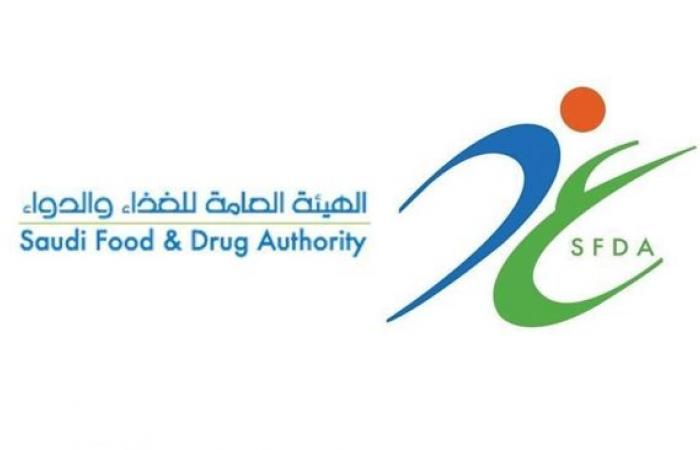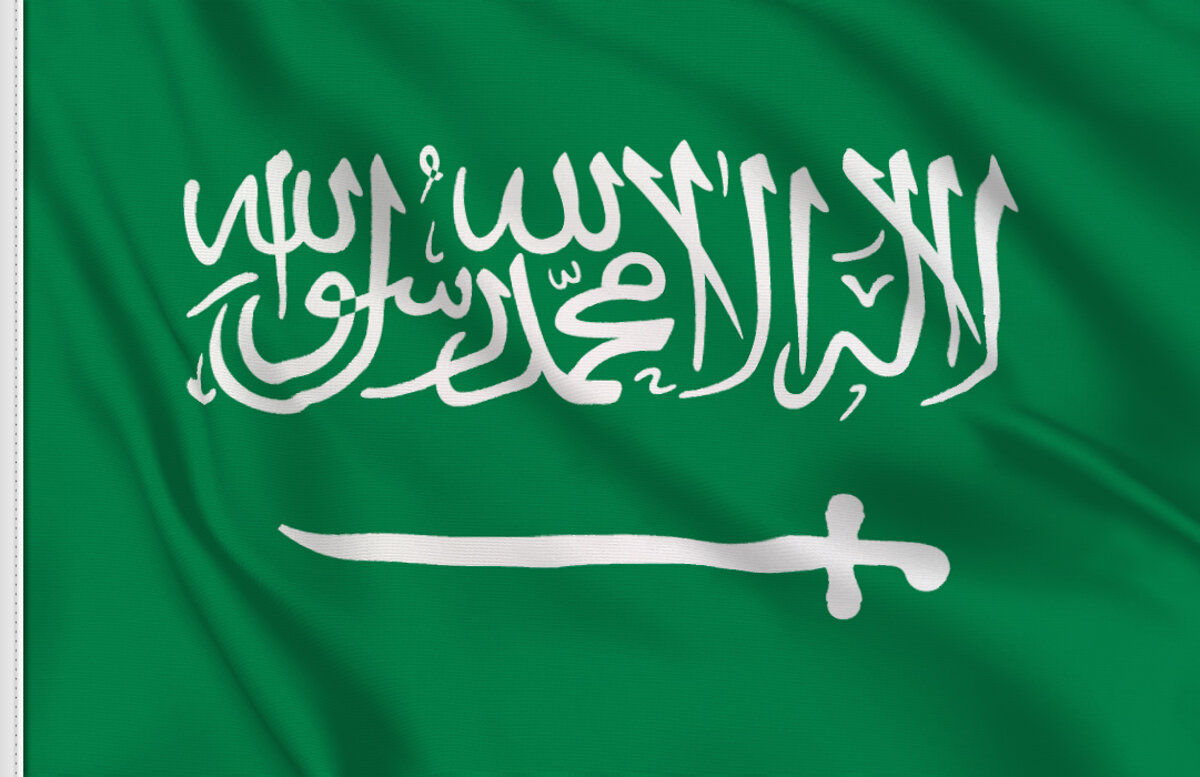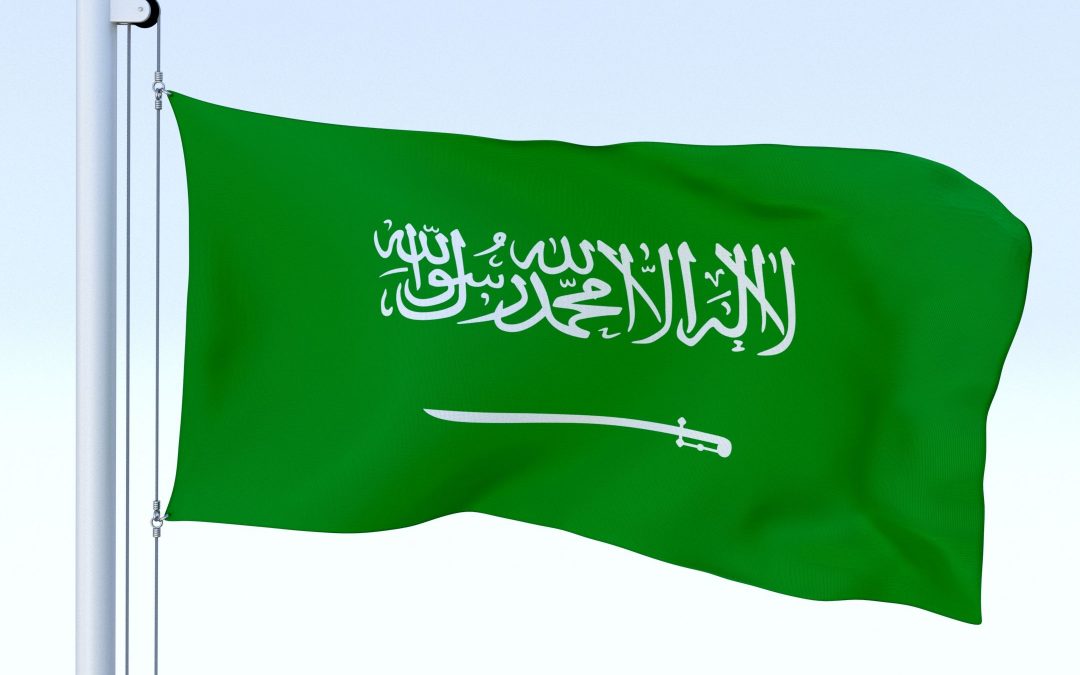
Regulatory Background
The present SFDA guidance is intended to provide additional clarifications regarding the requirements the interested party shall fulfill in order to be able to obtain an importation license. As it is stated in the document, its scope covers the following cases:
- Medical devices establishments wishing to import medical devices intended for demonstration or training purposes only,
- Establishments organizing exhibitions and other establishments wishing to import medical devices intended for demonstration purposes at exhibitions.
The requirements described in the document are based on the provisions of the Interim Regulation which governs all aspects related to placing medical devices on the market. According to the current legislation, a medical device could be allowed for marketing in the Kingdom of Saudi Arabia only providing such device is compliant with any and all applicable requirements set forth by the aforementioned Interim Regulation. At the same time, in specific cases, the regulating authority is entitled to introduce an exemption for certain medical devices in case if it is reasonably necessary to ensure and expand the availability of such devices.
Rules and Requirements
The present SFDA guidance outlines the main rules and requirements to be applied in case of medical devices intended for demonstration or training purposes, namely:
- Such devices are exempt from mandatory registration. It is also stated that the Medical Device Marketing Authorization (MDMA) is not required for such devices as well.
- However, such devices could not be imported without the appropriate importation license.
- Since it is not allowed to advertise medical devices that are not registered with the SFDA or allowed to be placed on the market under the MDMA, the medical devices intended for demonstration and training purposes should not be advertised also.
- Under the general rule, in order to be eligible for applying for an importation license, an interested entity shall be duly registered in the GHAD system and hold a Medical Device Establishment License for importation activity to be issued by the regulating authority – SFDA. According to the guidance, in case of establishments organizing exhibitions, or other entities intended to import medical devices for the aforementioned purposes, a Medical Device Establishment License is not required.
- In order to apply for the appropriate importation license, an interested entity shall submit the “Application Form of Medical Devices Intended for Demonstration or Training Purposes Only” in electronic form. The Application Form should be accompanied by the appropriate documents.
- The interested entity shall also fulfill the requirements outlined in the Guidance on Requirements of Shipment Clearance in the part of documents to be submitted in the context of shipment clearance at the ports of entry.
Documents Required
Besides the general requirements described hereinabove, the guidance also provides a list of documents to be submitted by the entity applying for the importation license with regard to medical devices intended for demonstration or training purposes only. According to the guidance, the applicant entity shall provide the following documents and information:
- Classification certificate, proof of marketing in foreign countries, declaration of conformity, or other document confirming that the product in question is classified as a medical device.
- Instructions for use/user manual – if necessary due to the type of the device.
- Sample of the labeling containing an indication that the medical device is intended for demonstration or training purposes only (e.g. “For Demo Only”, “For Training Only” or “Not for sale”).
- A copy of the appropriate commercial invoice.
- A copy of the Bill of Lading or the Air WayBill (if applicable).
- An attestation, printed and signed by the authorized persons of the importer.
The set of documents required for shipment clearance includes, inter alia, the following documents:
- A copy of the commercial invoice containing the invoice number, manufacturer`s name and address, products name, quantity, unit price, model/part numbers, and lot/serial numbers (these two numbers could be indicated either in the invoice itself, or in the packaging list), and the beneficiary name.
- Bill of Lading or the Air WayBill.
- A copy of Customs Declaration.
- A copy of the appropriate Importation License.

Application Form
In order to assist the interested parties in complying with the requirements outlined herein, the SFDA also provides a sample of the application form to be submitted by the entity applying for the importation license in the context of medical devices intended for demonstration or training purposes only. However, regulating authority also states that the sample application form provided as an annex to the guidance could be used for reference purposes only – for example, to evaluate the scope of information to be provided and to prepare it in advance before filing the application, while the actual application form could be accessed only via the GHAD system.
The sample application form provided by the SFDA is divided into 5 sections depending on the type of information to be indicated. In particular, the application form contains the following sections:
- General information about the manufacturer, including its name, full address, and contacts details,
- Shipments information, including the types of products in question, the indication of the purpose of importing, shipment country and company, and also the port the products are arriving to,
- Details of the commercial invoice, including its number, date, and also the serial numbers,
- Details of the products in question, including both general and trade names, the indication of the intended use, the quantity of the products to be imported (together with the indication of units of quantity), and also the total price and weight.
- Documents, including the certificate of conformity, and also the letter from the establishment stating that the medical devices subject to importing are intended to be used for demonstration or training purposes only.
Summarizing the information provided here above, current Saudi Arabia`s legislation allows the import of medical devices intended for demonstration or training purposes under the simplified framework – such devices neither should be registered nor require a Medical Device Marketing Authorization. The establishment license for the importation of medical devices is also not required for the interested entity. At the same time, in order to be allowed to import such devices, an interested entity shall obtain the appropriate importation license. In order to assist in achieving and sustaining compliance with the applicable requirements, SFDA provides additional clarifications regarding the documents to be submitted, and the procedures associated thereto. The guidance also describes the documents the applicant shall provide for the purpose of customs clearance at the port of entry.
How Can RegDesk Help?
RegDesk is a next-generation web-based software for medical device and IVD companies. Our cutting-edge platform uses machine learning to provide regulatory intelligence, application preparation, submission, and approvals management globally. Our clients also have access to our network of over 4000 compliance experts worldwide to obtain verification on critical questions. Applications that normally take 6 months to prepare can now be prepared within 6 days using RegDesk Dash(TM). Global expansion has never been this simple.
Sources:
https://beta.sfda.gov.sa/sites/default/files/2020-12/MDS-G8En_0.pdf

